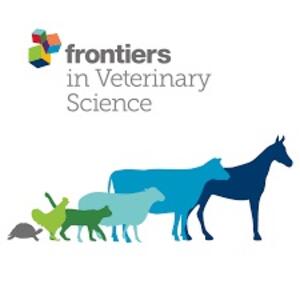
Artificial feeding systems for ixodid ticks as a tool for study of pathogen transmission
Abstract
Among the blood-sucking arthropods, ixodid ticks have some of the most complicated feeding behavior requirements. Feeding is preceded by an attachment process, and each instar has to remain fully attached to the same feeding site for a period of 2-14 days. These biological demands have for a long time made it relatively difficult to develop viable methods were ixodid ticks could be fed without using their natural hosts. Literature survey shows that some of the in vitro feeding methods tried include capillary feeding (1,2), feeding ticks through various membranes such as slices of bovine skin (dermatomes)) (3), rabbit/bovine skins (4), and silicone membrane (5). The capillary method had severe limitations in that ticks had to be prefed on the natural host before fixing the diet filled capillaries to the mouthparts. Furthermore, the volumes of blood taken by the tick were very small because ticks had to feed in an unnatural manner. The use of host-skin tissue had certain problems in that the skin could rot easily. In cases where rotting could be prevented, it was observed that host skins were suitable for ticks with long mouthparts like Amblyomma variegatum but unsuitable for Rhipicephalus appendiculatus with short mouthparts. Advances in our knowledge on tick sensory biology and behavior (6) facilitated the development of artificial membranes and conditions conductive to the voluntary attachment and feeding to repletion of R. appendiculatus, a vector of Theileria parva, the causative agent of East Coast fever (ECF) (7,8). Lack of efficient in vitro feeding systems for ixodid ticks has all along been a limititing factor to research efforts directed towards tick control and tick-borne disease transmission in particular. In vitro feeding systems can be used to study products injected by ticks into their hosts, the effects of substances ingested by ticks, and pathogen infection as well as transmission among ticks (9). In this paper, we discuss observations on the in vitro feeding of A. variegatum and R. appendiculatus through host skin and artificial membranes respectively. The importance of the artificial membrane as a convenient tool applicable in tick pathogen transmission studies is also discussed. This is relevant in view of the fact that the artificial membrane can be tailored to suit the feeding requirements of various ixodid ticks.
Citation
New York Academy of Sciences. Annals;791: 211-218









